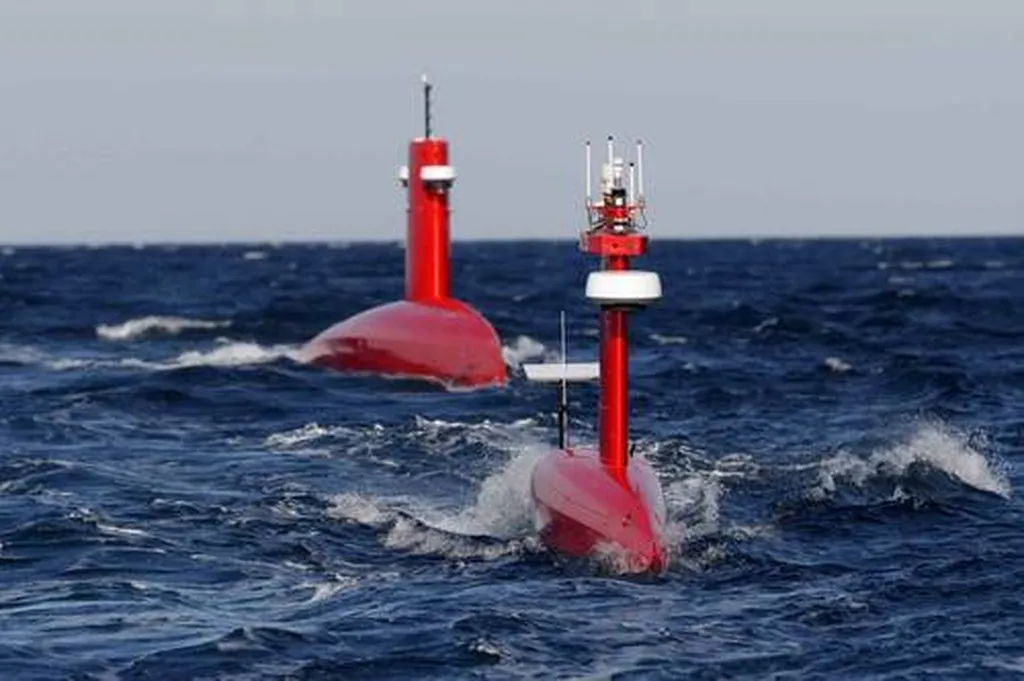The Baltic Sea is about to get its first taste of Exail’s autonomous maritime tech, and it’s a move that could ripple far beyond Poland’s shores. The U.K.-based firm, in partnership with Thesta, has delivered a DriX H-8 uncrewed surface vessel (USV) to Orlen Petrobaltic, marking a bold step into commercial autonomy for the region.
For Exail, this isn’t just another delivery—it’s a proof point. The DriX H-8 is no stranger to rough waters, but the Baltic’s unpredictable conditions and tight operational windows will put its resilience to the test. If it performs as promised, we’re looking at a blueprint for how offshore operators can cut costs, reduce risk, and gather better data—all without putting crew in harm’s way.
The vessel’s payload—a Norbit B51S multibeam echosounder—is where things get interesting. This isn’t just another sensor slotted into a hull. The integration of the B51S on the DriX H-8 is a first, and it’s a game-changer for offshore survey work. High-resolution seabed mapping without the logistical headaches of crewed vessels? That’s the kind of efficiency that could reshape how operators approach everything from platform inspections to cable route planning.
But here’s the bigger question: Will this deployment push the Baltic Sea into the fast lane of maritime autonomy? The region has been cautious about uncrewed operations, but if Orlen Petrobaltic’s trial proves the DriX H-8’s worth, we could see a domino effect. Other operators might start eyeing similar tech for their own offshore projects, and regulators could accelerate frameworks to support autonomous survey work.
Exail isn’t stopping here. With contracts like the recent deal to supply Petrobras with 30 Quadrans AHRS for FPSOs, the company is proving it can scale beyond niche applications. The DriX H-8’s success in the Baltic could be the catalyst that turns autonomous survey vessels from a novelty into a standard tool in the offshore toolkit.
The Baltic Sea is about to get its first taste of Exail’s autonomous maritime tech, and it’s a move that could ripple far beyond Poland’s shores. The U.K.-based firm, in partnership with Thesta, has delivered a DriX H-8 uncrewed surface vessel (USV) to Orlen Petrobaltic, marking a bold step into commercial autonomy for the region.
For Exail, this isn’t just another delivery—it’s a proof point. The DriX H-8 is no stranger to rough waters, but the Baltic’s unpredictable conditions and tight operational windows will put its resilience to the test. If it performs as promised, we’re looking at a blueprint for how offshore operators can cut costs, reduce risk, and gather better data—all without putting crew in harm’s way.
The vessel’s payload—a Norbit B51S multibeam echosounder—is where things get interesting. This isn’t just another sensor slotted into a hull. The integration of the B51S on the DriX H-8 is a first, and it’s a game-changer for offshore survey work. High-resolution seabed mapping without the logistical headaches of crewed vessels? That’s the kind of efficiency that could reshape how operators approach everything from platform inspections to cable route planning.
But here’s the bigger question: Will this deployment push the Baltic Sea into the fast lane of maritime autonomy? The region has been cautious about uncrewed operations, but if Orlen Petrobaltic’s trial proves the DriX H-8’s worth, we could see a domino effect. Other operators might start eyeing similar tech for their own offshore projects, and regulators could accelerate frameworks to support autonomous survey work.
Exail isn’t stopping here. With contracts like the recent deal to supply Petrobras with 30 Quadrans AHRS for FPSOs, the company is proving it can scale beyond niche applications. The DriX H-8’s success in the Baltic could be the catalyst that turns autonomous survey vessels from a novelty into a standard tool in the offshore toolkit.

